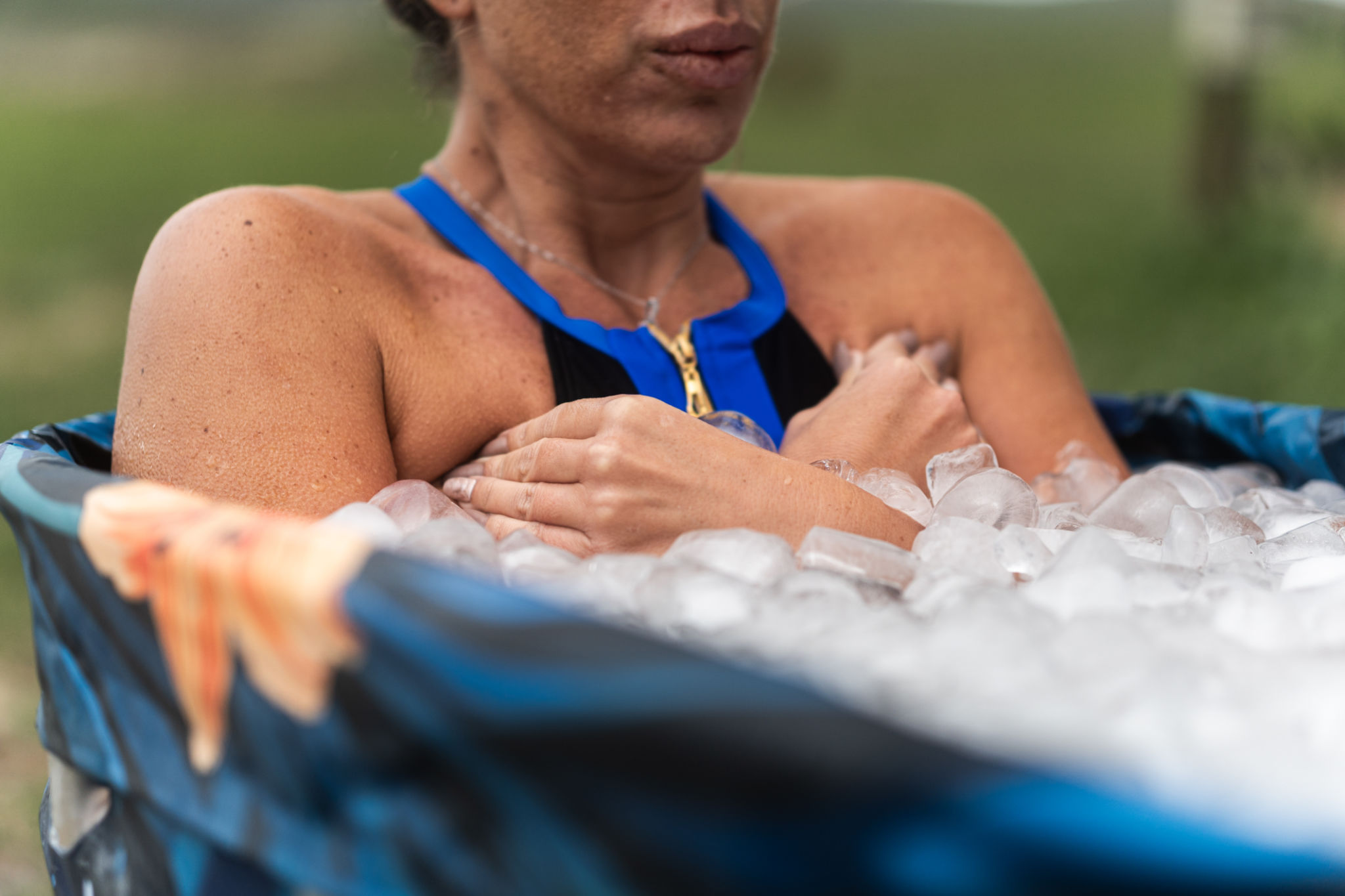Preparing for Winter Sports: How Cryotherapy Can Enhance Performance
Understanding Cryotherapy
Cryotherapy, often known as cold therapy, involves exposing the body to extremely low temperatures for several minutes. This innovative treatment has gained popularity among athletes for its potential benefits in enhancing performance and speeding up recovery. As winter sports enthusiasts prepare for the season, incorporating cryotherapy into their training regimen could provide a competitive edge.
The process is straightforward: athletes enter a cryotherapy chamber where they are surrounded by cold air, usually between -200°F and -300°F, for a few minutes. This exposure can help reduce inflammation, improve circulation, and boost energy levels.

Benefits of Cryotherapy for Winter Sports
Winter sports, such as skiing, snowboarding, and ice hockey, demand a high level of physical endurance and strength. Cryotherapy can play a crucial role in preparing athletes for these challenges. Here are some key benefits:
- Reduced Muscle Soreness: The cold temperatures help decrease muscle soreness and stiffness, allowing athletes to train harder and recover faster.
- Improved Flexibility: By reducing inflammation, cryotherapy can enhance joint flexibility, which is essential for the dynamic movements required in winter sports.
- Enhanced Endurance: Regular sessions can lead to increased stamina and endurance, vital for long training sessions or competitions.
Incorporating Cryotherapy into Your Routine
For athletes considering cryotherapy, it's important to integrate it strategically into their training schedule. Ideally, sessions should be scheduled post-workout to maximize recovery benefits. However, it can also be used prior to competitions to boost energy levels and mental clarity.
A typical cryotherapy session lasts between two to three minutes. Athletes are advised to start with one or two sessions per week and gradually increase frequency based on their body's response.

Precautions and Considerations
While cryotherapy offers numerous benefits, it's crucial to approach it with caution. Individuals with certain medical conditions, such as cardiovascular issues or cold allergies, should consult with a healthcare provider before trying cryotherapy.
Athletes must also ensure they attend sessions at certified facilities where trained professionals oversee the process. This ensures safety and maximizes the positive effects of the treatment.

The Psychological Edge
Apart from physical benefits, cryotherapy can also offer psychological advantages. The intense cold exposure can lead to the release of endorphins, which help reduce stress and anxiety. This mental boost is invaluable for athletes facing the pressures of competition.
Moreover, the increased focus and clarity following a session can enhance an athlete's ability to strategize and perform at their peak during critical moments.
Conclusion: A Step Towards Peak Performance
As winter sports enthusiasts gear up for the season, incorporating cryotherapy into their routine could be a game-changer. By leveraging its recovery and performance-enhancing benefits, athletes can better prepare for the physical demands of winter sports.
Ultimately, cryotherapy is not just about enduring the cold; it's about embracing a modern recovery technique that offers a proactive approach to achieving peak performance.
